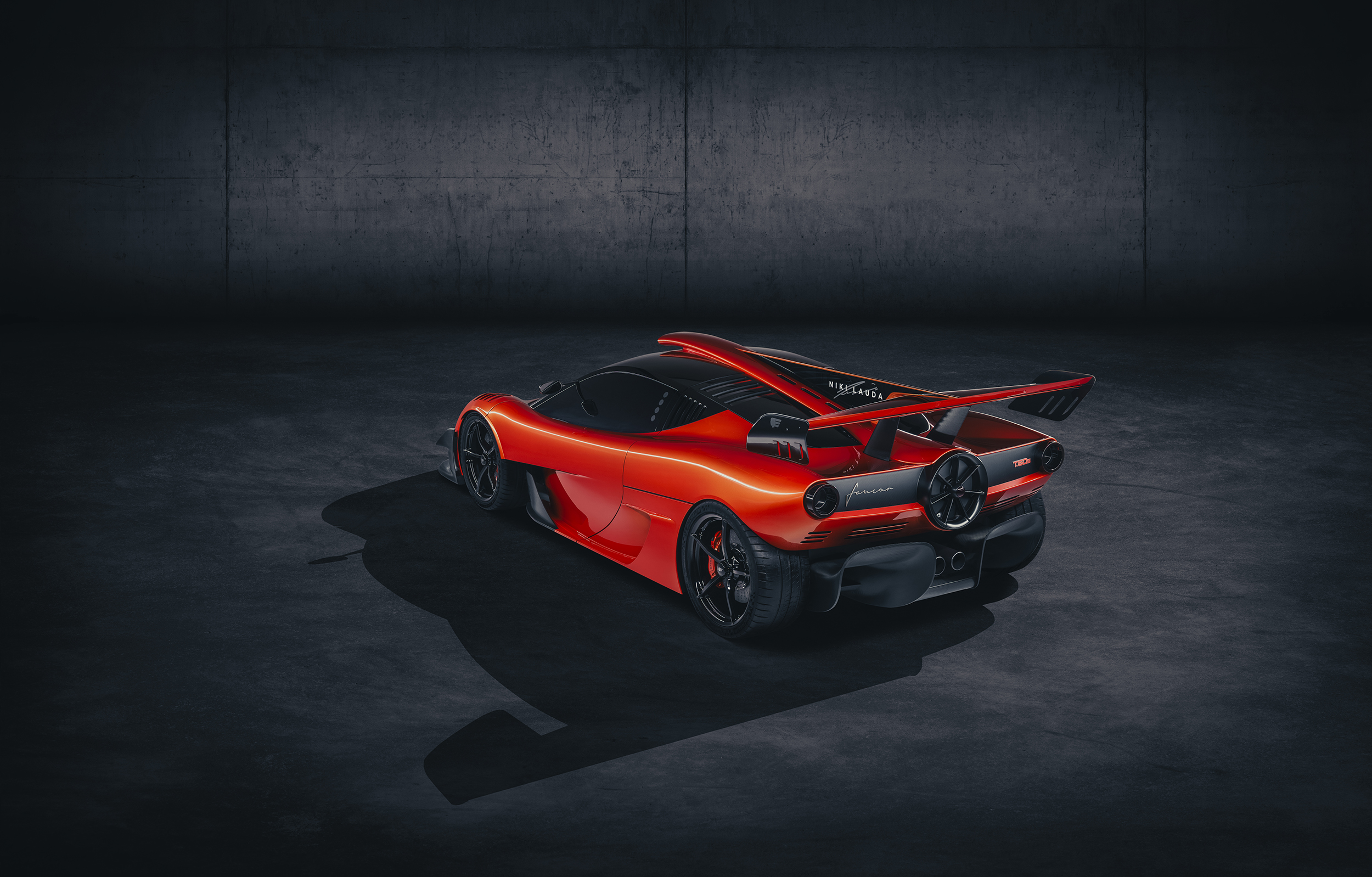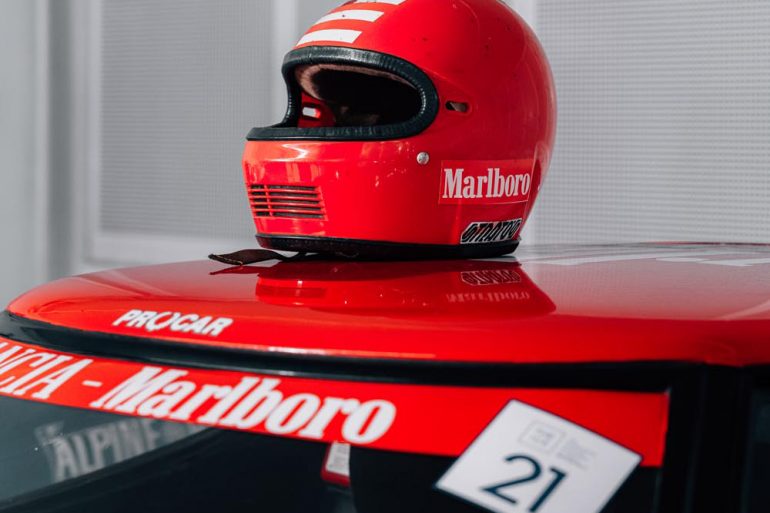Gordon Murray’s undisputed genius gave birth to the GMA T.50 last year. Production for the last great analog supercar will start in 2022 and we cannot wait to see the final output in the flesh. Inspired by Her Majesty the McLaren F1, the T.50 is powered by a 3.9-liter 654 hp at 11,500 rpm naturally-aspirated V12 engine developed by Cosworth: the car, as you all knoe, bring as a dowry one of the highest power-to-weight ratios amongst its class at 672 hp per tonne – which becomes 700 hp per tonne in Vmax mode.
Top speed is not important, but we estimate about 230 mph. That’s a bit slower than the F1 due to the extra downforce.” How quick will it accelerate to 60 mph? “I have no idea and I don’t care. I’m not chasing numbers. This car is all about driving enjoyment and engagement. But the power to weight ratio is better than a McLaren P1 or a Porsche 918. So if you think it’s going to be slow..
Gordon Murray
The most distinctive feature of the GMA T.50 probably is the rear 40 centimeters-long aerodynamic fan, powered by a 48 volt electric motor, purpose-built to significantly improve the ground effect. As the car makes use of very aggressive and steep angle rear diffusers, this in turn creates substantial turbulent or semi-stalled air passing over the diffuser when the T.50 has its fan inactive. By utilising the integrated aerodynamic fan, the T.50 can suck the air under the car at a 90-degree angle and provide a significant increase in overall downforce as it provides a laminar flow of air passing over the rear diffuser, thus, creating a greater level of suction in tandem with the Venturi effect, created underneath the car, ahead of the steep rear diffusers. This allows the T.50 to control the boundary layer and turbulent vortices underneath the car, significantly improving downforce. As a result of the T.50’s fan-assisted aerodynamic design, the need for any aerodynamic package on the front or rear of the T.50, such as a splitter, a wing or an aggressive aerodynamic design are considered ineffective in providing further downforce and are thus considered negligible, allowing a free form and flowing exterior design. The T.50 does make use of active aero spoilers however, that operate in conjunction with the aerodynamic fan. The active aero and fan functionality of the car is dependent on the driver selected mode which is provided in six presets made available in the cockpit of the car. The fan assisted aero design allows for a 30% increase in downforce when a ‘high downforce’ mode is selected, channeling air through aero ducts perpendicular to the airflow underneath the car, providing a high suction ground effect. Furthermore, under braking the T.50 provides 100% additional downforce by extending the active spoilers to a 45-degree angle of attack and utilising diffuser ducts. The T.50 can also achieve reductions in drag by selecting the specialised mode presets of ‘streamline’ and ‘Vmax’ modes, allowing for a 12.5% reduction in overall drag.
On top of that there will be racing variant, called T.50s Niki Lauda – presented on Niki’s 72th birthday. This UFO on for wheels has reduced its weight by 94 kg giving the car a curb weight of 890 kg andtThe engine boosted to 725 hp.
The same power-to-weight ratio as the car that came second at Le Mans last year
Additions include a 1.784 mm wide delta wing on the rear, underbody aerofoil, new front splitter and adjustable diffusers which give the car 1,500 kg of downforce. An aero fin is added which extends from the roof to the rear of the car and the underbody diffusor ducts are fully opened with the fan permanently running at 7,000rpm. “In a 150-mph corner, the T.50s will pull around 2.5 g’s of lateral acceleration, and 3.5 g under braking,” Murray promises.

The T.50s Niki Lauda will also be considerably louder than the regular T.50, as it will have smaller silencers and a different exhaust system: “We’ve got the pipes right next to each other at the back of the car, so the first time it comes past flat-out it’s going to sound like 24,000 rpm”, Murray explained. Owners will be offered the choice of different amounts of exhaust muffling to allow for different racetrack restrictions.

Each of the production run of just 25 T.50s Niki Lauda will also carry a plaque commemorating a race won at a different circuit by one of Murray’s Formula 1 cars, the first being designated Kyalami, 1974.























